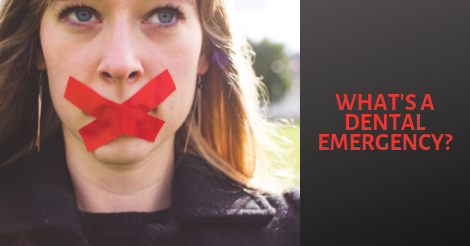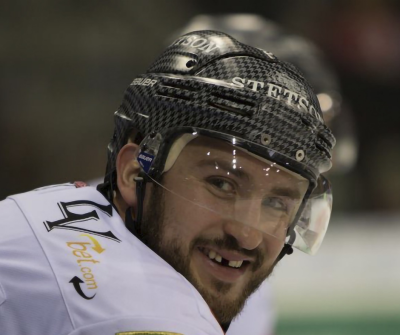Everyone knows the basics of tooth development, they grow in, fall out, grow back in, and sometimes fall back out again. What most people don’t know is that there is a system and it starts months before that first little friend pops through the gum line. Teeth begin to develop in the embryonic stage at about 3-6 weeks. There the soft tissue forms and creates small translucent tooth nubs. At 3-4 months hard tissue starts to develop around the tooth and thin translucent roots will start to grow down. By the time of birth, there are 20 fully developed teeth buried under the gums. In some rare cases, babies will be born with partially erupted teeth.
Baby’s teeth will start to erupt between 3-6 months, this stage is commonly called teething. Since every child develops at a different rate it’s hard to say exactly when and what teeth will come in, fall out, and come back in. However, the first teeth to come in are typically the lower and upper central incisors (middle teeth); then the upper and lower lateral incisors (next to middle teeth). After that, the upper and lower molars come in, then the last to come in are the upper and lower cuspids (commonly known as canine). Now, when the baby teeth are ready to fall out the brain sends special cells to eat away at the baby tooth root. As this is happening the adult teeth are slowly starting to push the baby teeth up and out! While your baby teeth typically fall out in the order they erupt in, adult teeth are more sporadic. The adult upper and lower central incisors are first to come in. This is followed by the upper and lower lateral incisors. Next comes the upper and lower cuspids, then the upper and lower 1st and 2nd premolars, and finally the upper and lower 1st and 2nd molars.
Sometimes permanent teeth can grow crooked. Often caused by thumb sucking or pacifier use, these can lead to jaw alignment issues. This usually requires the need for dental braces or other orthodontic treatment.
Once your permanent teeth come in they aren’t supposed to fall out. However, these factors commonly lead to tooth loss in adults:

- Periodontitis: this is the main reason for almost half of tooth loss in America. Periodontitisworks in stages. It starts off as gingivitis, an infection in your gums that causes redness, irritation, and deterioration of the tooth. At this stage, it can be reversed. The next stage is early periodontitis, this is when it becomes irreversible. Your gums start pulling away from your teeth, and harmful pockets of bacteria start to form. This bacteria then starts to eat away at the bone. That brings us to stage 3, moderate periodontitis which is the loss of bone structure along with the spread of bacteria from the gums to your bloodstream. The last stage is advanced periodontitis; this is when there is no more bone or tissue to support the tooth and root. Here you are at a very high risk for tooth loss and heart disease.
- Cavities: they form when bacteria infection sits for too long and causes tooth decay. If the decay has reached the root a root canal is often necessary. If that fails the tooth will need to be extracted.
- Injury: avoid using your teeth to remove caps, tops or lids, to loosen knots, tear off tags or cut thread. It’s also best to avoid using your teeth to chew ice, open nutshells, and crunch on popcorn kernels.
If your tooth falls out and is not cracked or broken, immediately put it in cold milk and call your dentist right away. We can sometimes reinsert the tooth. Do not attempt to put the tooth in yourself. It’s very easy to damage your gums forcing the tooth back in. This can also make it impossible to successfully reattach the tooth to the root by a professional.
If you’re missing one or more teeth, you do have a few options to repair your smile:
- Dental Implants: these function by implanting a titanium root in the new or remaining bone. They are also the new standard of care for missing teeth, and also work with dentures.
- Dental Bridges: two crowns are placed on either side of the missing tooth with a false tooth in between, bridging the gap.
- Dentures: upper and lower false teeth that you can take in and out. Technology has advanced over the last 40-years and these are not what your grandparents had. Dentures can be comfortable and even permanently secured with implants.
If you are experiencing any pain or swelling while brushing call us today to schedule an exam! Remember to brush twice a day and floss once to keep those pearly whites clean and healthy.
Dr. Ernesto Mireles
Greenfield and Salinas Dental Implant Center
608 E. Boronda Rd., Suite B
Salinas, CA 93906
(831) 443-3524
and
696 Walnut Ave., #1
Greenfield, CA 93927
(831) 674-5501




